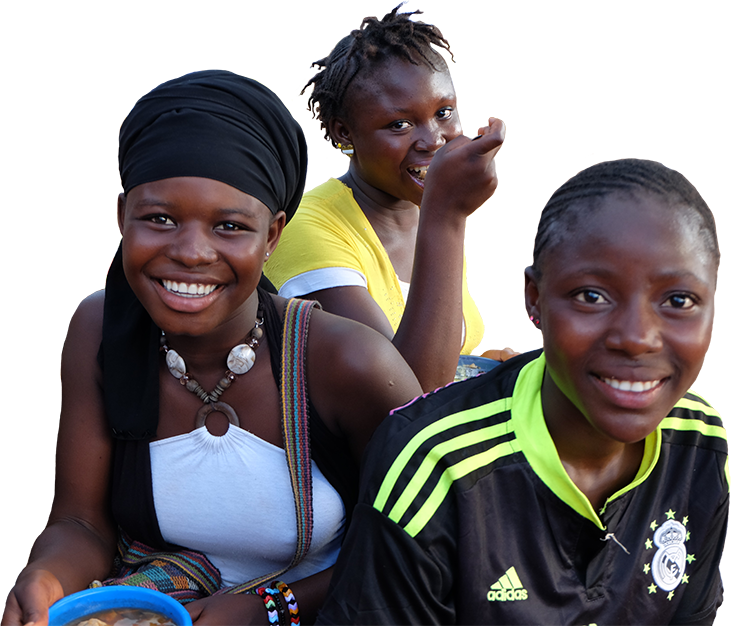Advocacy is an important tool to gain political commitment and stakeholder support, and secure resources for adolescent nutrition programming. The Adolescent Nutrition Resource Bank includes documents used to advocate for adolescent nutrition programs and services. If you have relevant advocacy materials or tools, please send them to info@advancingnutrition.org.
We found 66 resource(s)
Adolescents: Agents of Change for a Well-Nourished World: GAIN Convening Paper Series no. 2
Occasional Paper published by Global Alliance for Improved Nutrition (GAIN), WHO in
This report summarizes a consultation that convened researchers, practitioners, policymakers, youth organizations, and adolescents from Pakistan, Bangladesh, Indonesia, and Zambia. The report identifies themes that emerged from the consultation, including priorities for adolescent nutrition, lessons from other sectors, and key considerations for…
Investing in the Future of Bangladesh: Cost Effective Interventions to Improve Adolescent Nutrition
Policy published by Global Alliance for Improved Nutrition (GAIN) in
This policy brief describes the current health challenges facing adolescents in Bangladesh, including increasing overweight/obesity, even as sub-optimal growth, growth faltering, and micronutrient deficiencies persist. The brief includes six recommendations for interventions, including supplementation, school-based nutrition education, and…
Frequently Asked Questions: Weekly Iron and Folic Acid Supplements (WIFAS) for Adolescents
Brief published by Nutrition International in
This document contains answers to 28 common questions about weekly iron and folic acid supplements (WIFAS). The information is organized into the following categories: overview of WIFAS, WIFAS and anemia, the benefits of WIFAS, safety considerations, WIFAS and reproductive health, and WHO-recommended formulation.
Using a Gender Lens to Understand Eating Behaviours of Adolescent Females Living in Low‐Income Households in Bangladesh
Journal Article published by in
This study conducted qualitative research on the individual, social, environmental, and structural factors that influence the eating behaviors of female adolescents in low‐income families in urban and rural settings in Bangladesh. The study's recommendations relate to the age of marriage, adolescent pregnancy, schools meals for adolescents,…
100 Messages
Training Material published by Children for Health in
This publication focuses on 100 simple health education messages for children ages 8 to 14. The messages correspond to ten key health topics, one of which is nutrition. The health messages are designed for parents and health educators to use with children at home and in schools, clubs, and clinics.
Guide to Anthropometry: A Practical Tool for Program Planners, Managers, and Implementers
Assessment Tool published by FANTA in
This guide provides information and step-by-step instructions on using anthropometry to assess nutritional status, as well as how anthropometric indicators relate to nutrition for children, adolescents, pregnant women, and WRA. The guide helps health and development professionals to collect, understand, and/or use anthropometric data as part of…
The Participation of Children in Learning and Action for Nutrition (PCAANS)
Informational Infographic published by Children for Health in
This is a poster from the Children’s Participation in Action and Learning for Nutrition (PCAANS) project in Mozambique. The poster describes PCAANS, including its key messages.
Fighting Childhood Obesity with Healthy School Food Environments
Information, Education and Communication Materials published by University of North Carolina at Chapel Hill in
This fact sheet underscores the importance of implementing strong school food policies to create an environment that leads to healthier food choices for kids at school and beyond school grounds.



